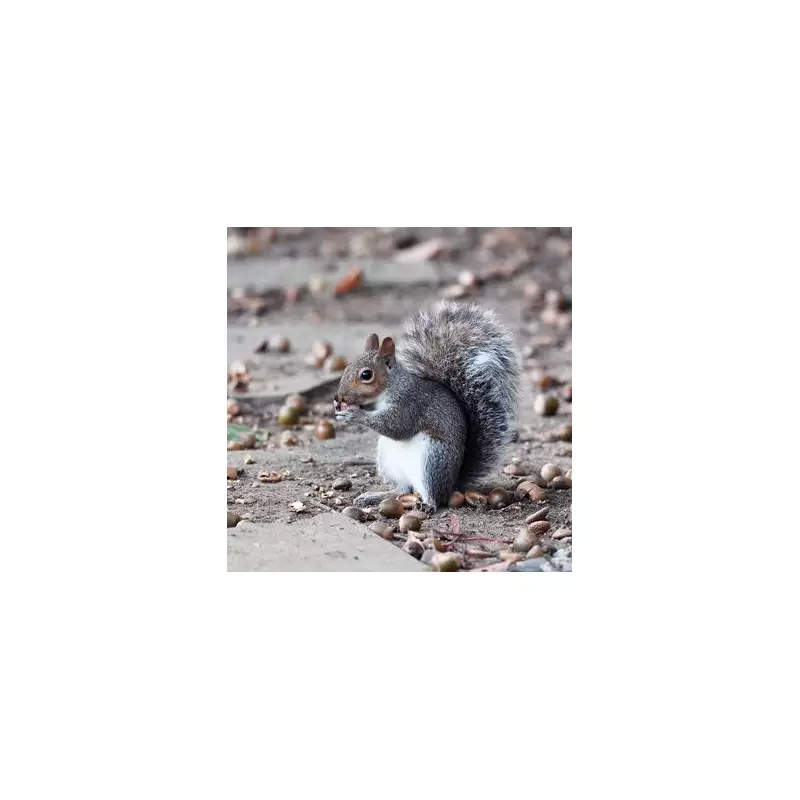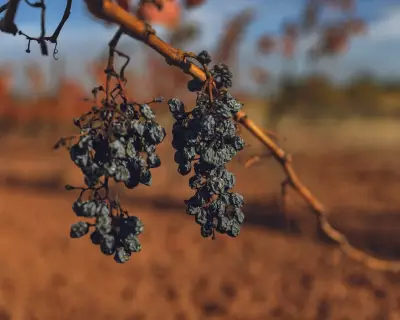
Britain's woodlands are experiencing an extraordinary natural spectacle this autumn, with oak trees showering the ground with an unprecedented number of acorns. This bumper crop isn't just random luck—it's a sophisticated survival strategy known as a 'mast year' that reveals the incredible intelligence of our native trees.
What Exactly is a Mast Year?
Every few years, oak trees synchronise their reproduction across entire regions to produce a massive, coordinated acorn drop. This phenomenon, called masting, represents one of nature's most clever evolutionary adaptations. Rather than producing consistent crops annually, trees 'save up' their energy to overwhelm predators with more food than they can possibly consume.
The Science Behind the Strategy
During mast years, the sheer volume of acorns ensures that enough survive to germinate and grow into new trees. Squirrels, deer, and other wildlife simply can't eat all the bounty, allowing the surplus to take root. Research suggests that weather patterns from previous years trigger this response, with trees essentially 'remembering' conditions that favour successful reproduction.
Why This Year is Special
Environmental experts note that this particular mast year appears exceptionally productive. The combination of ideal spring weather conditions, adequate rainfall, and temperature patterns has created the perfect recipe for acorn production. This natural abundance provides a vital food source for woodland creatures preparing for winter while ensuring the next generation of mighty oaks.
Spotting Nature's Patterns
For keen observers, mast years offer fascinating insights into forest ecology. The cyclical nature of acorn production demonstrates how trees communicate and coordinate on a landscape scale. This natural rhythm has shaped British woodlands for millennia and continues to influence everything from squirrel populations to fungal networks beneath the soil.
So when you crunch through those extra acorns on your autumn walk, remember—you're witnessing one of nature's most sophisticated survival strategies in action.





